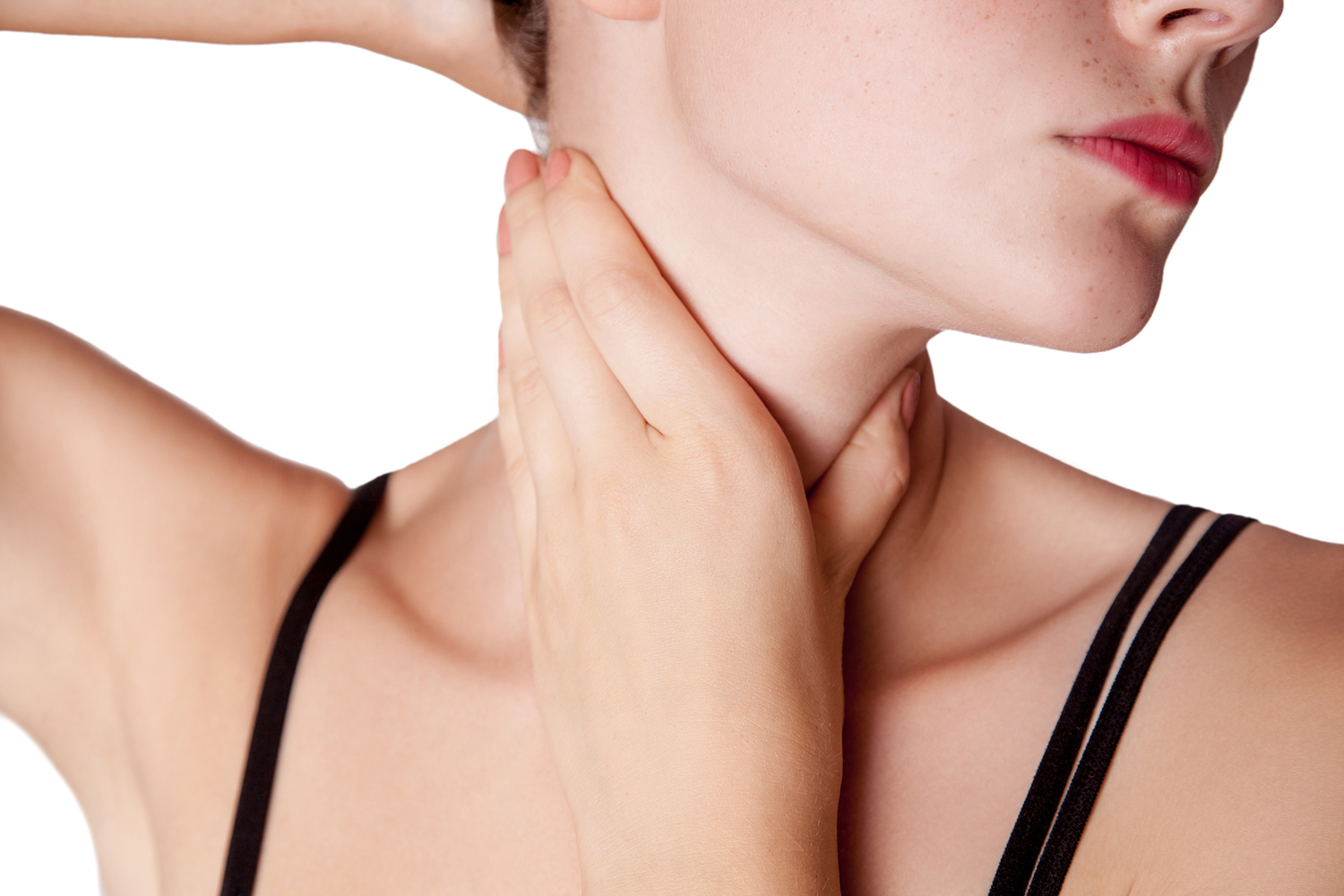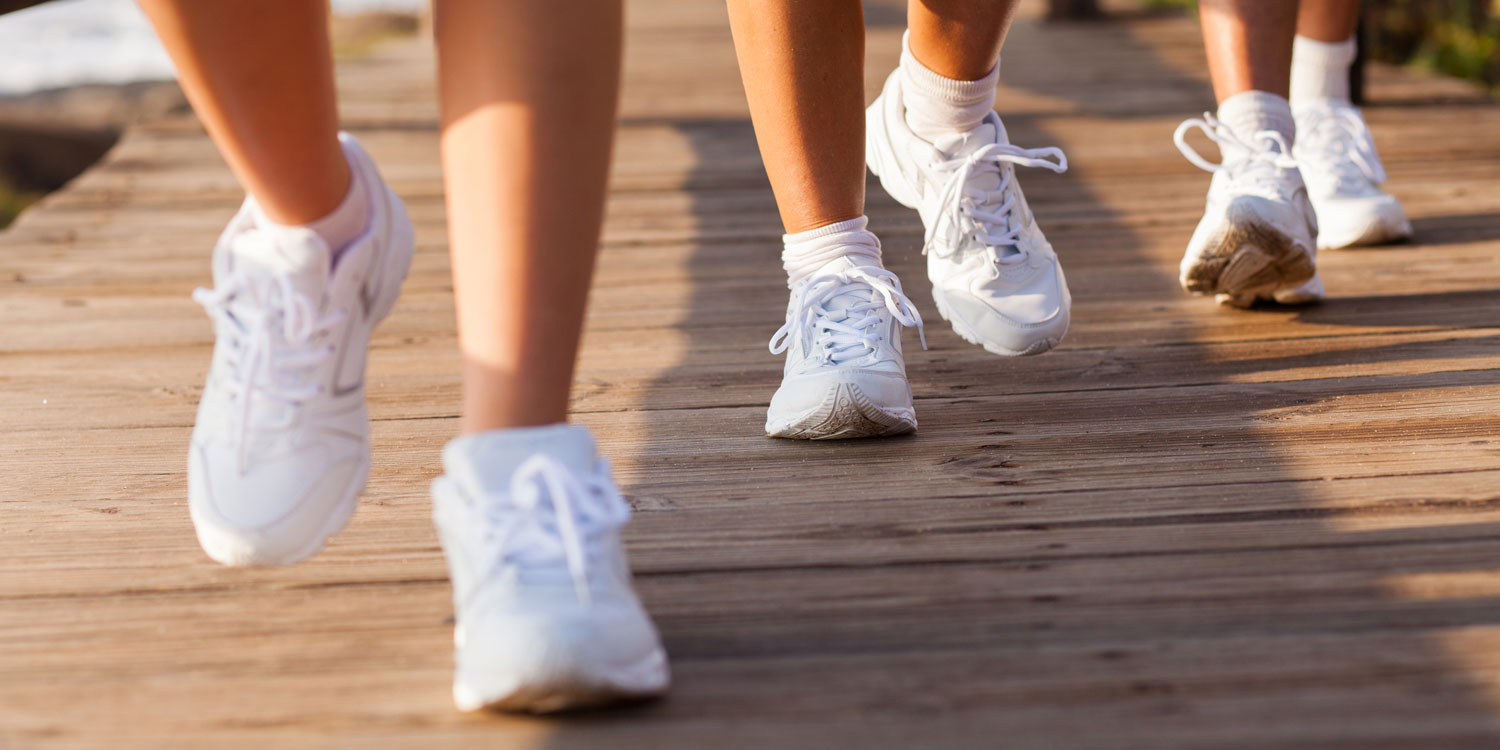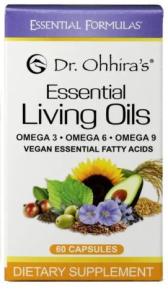We’ve all been there. You go to make a cake or batch of cookies and realize you’re out of baking powder... or butter... or eggs.
Next time you’re in the kitchen and realize you need to think quickly, refer to this handy information.
| You Need | Substitute |
|---|---|
| 1 cup all-purpose flour |
|
| 1 tsp double-acting baking powder |
|
| 1 cup butter |
|
| 1 cup heavy cream |
|
| 1 egg (for binding) (cakes, cookies) |
|
| 1 egg (for leavening) (fluffy cakes, muffins, quick breads) |
|
| 1 cup milk |
|
| 1 cup self-rising flour |
|
| 1⁄2 cup vegetable oil |
|





















